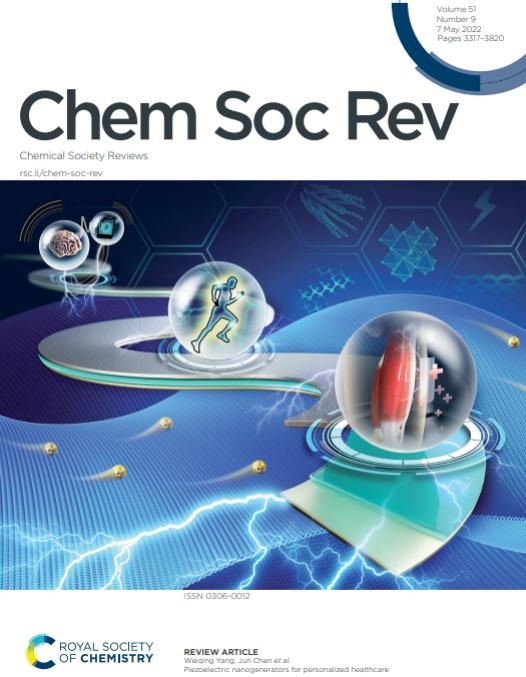Photothermal methane dry reforming: catalyst architectures, mechanistic pathways, and future challenges.
IF 39
1区 化学
Q1 CHEMISTRY, MULTIDISCIPLINARY
引用次数: 0
Abstract
Photothermal dry reforming of methane (PT-DRM) presents a promising strategy for simultaneously mitigating greenhouse gas emissions and valorizing carbon resources by converting CH4 and CO2 into syngas under solar irradiation. By integrating photonic and thermal activation, this hybrid catalytic approach addresses the kinetic and thermodynamic limitations of conventional DRM, enabling efficient activation of chemically inert molecules through mechanisms such as localized surface plasmon resonance, semiconductor bandgap excitation, and interfacial charge transfer. This review provides a comprehensive analysis of PT-DRM catalyst architectures, which are systematically categorized into nanoparticle-based catalysts, fully exposed active site systems, and hybrid nanostructures. We highlight how variations in morphology, dispersion, and electronic configuration govern light-heat synergy, intermediate evolution, and suppression of side reactions. Moreover, we dissect the mechanistic pathways involved, including lattice oxygen cycling, oxygen vacancy dynamics, and dual-site redox mechanisms, with emphasis on how these pathways diverge across structural motifs and reaction environments. Despite these advances, several unresolved challenges persist, such as the difficulty in decoupling photonic and thermal effects, the instability of active sites under operando conditions, the suppression of side reactions, and the lack of real-time diagnostic tools to probe nanoscale thermal gradients and intermediate transformations. By bridging structure-activity relationships with photophysical and interfacial phenomena, this review aims to guide the rational design of next-generation PT-DRM catalysts and accelerate the development of solar-driven syngas production technologies.光热甲烷干重整:催化剂结构、机理途径和未来挑战。
光热甲烷干式重整(PT-DRM)是在太阳照射下将CH4和CO2转化为合成气,同时减少温室气体排放和碳资源价值的一种有前景的策略。通过整合光子和热激活,这种混合催化方法解决了传统DRM的动力学和热力学限制,通过局部表面等离子体共振、半导体带隙激发和界面电荷转移等机制,实现了化学惰性分子的有效激活。本文对PT-DRM催化剂结构进行了全面的分析,系统地将其分为纳米颗粒型催化剂、完全暴露的活性位点体系和混合纳米结构。我们强调了形态、色散和电子构型的变化如何控制光热协同、中间演化和副反应的抑制。此外,我们剖析了所涉及的机制途径,包括晶格氧循环,氧空位动力学和双位点氧化还原机制,重点是这些途径如何在结构基序和反应环境中分化。尽管取得了这些进展,但仍存在一些未解决的挑战,例如光子和热效应解耦的困难,活性位点在operando条件下的不稳定性,副反应的抑制,以及缺乏实时诊断工具来探测纳米级热梯度和中间转化。通过桥接结构-活性关系和光物理和界面现象,本文综述旨在指导下一代PT-DRM催化剂的合理设计和加速太阳能驱动合成气生产技术的发展。
本文章由计算机程序翻译,如有差异,请以英文原文为准。
求助全文
约1分钟内获得全文
求助全文
来源期刊

Chemical Society Reviews
化学-化学综合
CiteScore
80.80
自引率
1.10%
发文量
345
审稿时长
6.0 months
期刊介绍:
Chemical Society Reviews is published by: Royal Society of Chemistry.
Focus: Review articles on topics of current interest in chemistry;
Predecessors: Quarterly Reviews, Chemical Society (1947–1971);
Current title: Since 1971;
Impact factor: 60.615 (2021);
Themed issues: Occasional themed issues on new and emerging areas of research in the chemical sciences
 求助内容:
求助内容: 应助结果提醒方式:
应助结果提醒方式:


